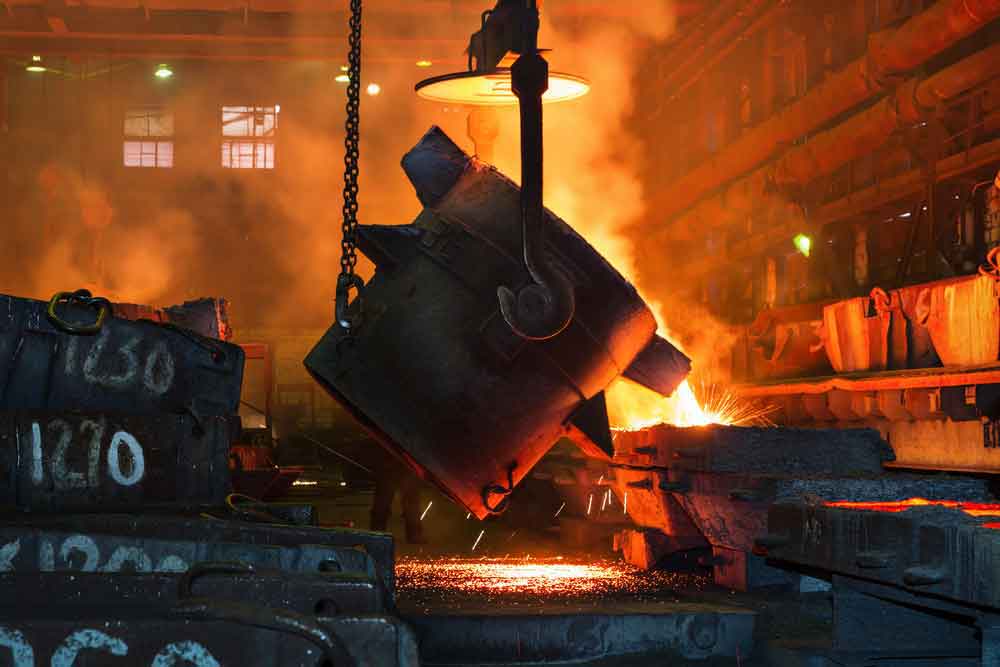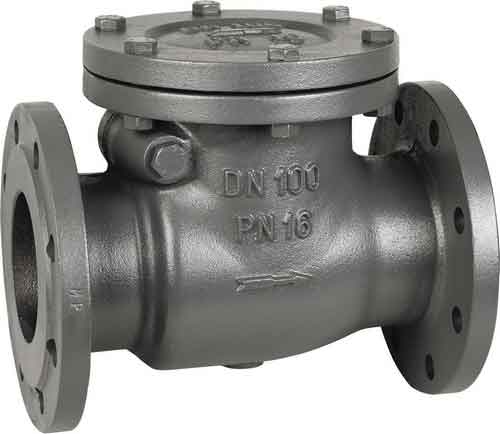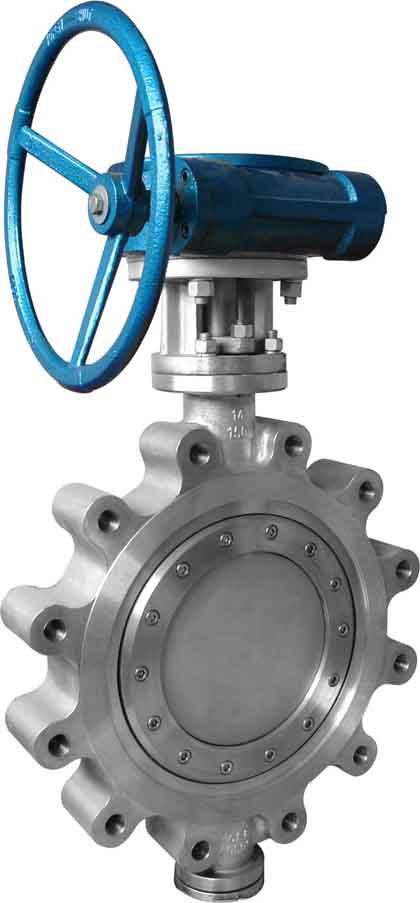Differences between Cast Iron and Cast Steel
One of the most popular ways to make lasting and quality components is through castings. Casting allows for a high level of detail, which results in not needing and additional fabrication or assembly. While many different materials can be cast, steel and iron are the two most popular due to their excellent mechanical properties for a wide range of applications.
Cast iron usually refers to gray iron, ductile iron and malleable iron. Which is an iron casting with carbon content higher than 2%.
Cast steel usually refers to normal carbon steel and alloy steel. Which is a steel casting with carbon content lower than 2%.
Therefore, no big difference from the chemical content and raw materials for cast iron vs cast steel.

Corrosion Resistance
When it comes to corrosion, iron has better corrosion resistance than steel. That doesn't mean that either is impervious to corrosion though. When left unprotected, both metals will oxidize in the presence of moisture. Eventually, they will completely decompose. To prevent this, the coating is recommended for both steel and iron castings.
Cost
Cast iron is often cheaper than cast steel because of the lower material costs, energy, and labor required to produce a final product. While raw steel is more expensive, there are, however, prefabricated forms of steel. Those include sheets, rods, bars, tubes, and beams.
Castability
Cast iron is relatively easy to cast, as it pours easily and doesn't shrink as much as steel. This flowability makes cast iron an ideal metal for architectural or ornate ironwork structures such as fencing and street furniture.

The advantage and disadvantage of cast iron
The grey cast iron's good casting properties are.. good vibration damping, good wear resistance, good machinability and low notch sensitivity. However, its tensile strength and elongation are very low. So, it can only produce some metal parts with low physical requirements. Requirements such as protective cover, cover, oil pan, hand wheels, frame, floor, hammer, small handle, base, frame, box, knife, bed, bearing seat, table, wheels, cover, pump, valve, pipe, flywheel, motor blocks etc. As for the higher grades, grey cast iron can withstand greater load and a certain degree of tightness or corrosion resistance. This allows for some of the more important castings such as cylinder, gear, base, flywheels, bed, cylinder block, cylinder liner, piston, gear box, brake wheel, coupling plate, medium pressure valve, etc
The ductile iron and malleable iron have high strength, ductility and heat-resistance and toughness. So a wider application, in some cases, can replace the carbon steel. However, its production technology is high. The production process is more complex. This makes the production cost higher than normal grey cast iron and cast steel. Therefore, there are more casting defects for ductile iron. There are many fields that use ductile iron, such as pressure pipes and fittings, automotive applications, agriculture, road and construction applications and general engineering applications.

Cast Iron Swing Check Valve
The advantage and disadvantage of cast steel
The main advantage of cast steel is the design flexibility. The designer of the casting has the greatest freedom of design choices. This allows for complex shapes and hollow cross-section parts.
Cast steel has the metallurgy manufacturing flexibility and strongest variability. One can choose a different chemical composition and control that is adapted to the various requirements of different projects. This offers different heat treatment choices in the larger context of the mechanical properties and performance. Also offering good weld-ability and workability.
Cast steel is a kind of isotropic material and can be made into the overall structural strength steel castings. This improves the reliability of the project. Coupled with the design and weight, the advantages of short delivery time, price and economy gives cast steel a competitive advantage.
The weight range of steel castings is larger. Little weight can be only a few dozen grams of molten mold precision castings. The weight of large steel castings goes up to several tons, dozens of tons or hundreds of tons.
Steel castings can be used for a variety of working conditions. Its mechanical properties are superior to any other casting alloys, and a variety of high-alloy steel for special purposes. To withstand high tensile stress or dynamic load of components, it is important to consider pressure vessel castings. In low or high temperature, large and important part load key parts should give priority to steel castings.
However, cast steel has comparatively bad shake-suction, wear resistance and mobility. The casting performance, compared to cast iron, is bad. Also, the costs are higher than normal cast iron.
Therefore, for cast iron vs cast steel, they have their own advantages and disadvantages. Either should be chosen according to the application and their physical properties.

Cast Steel Butterfly Valve